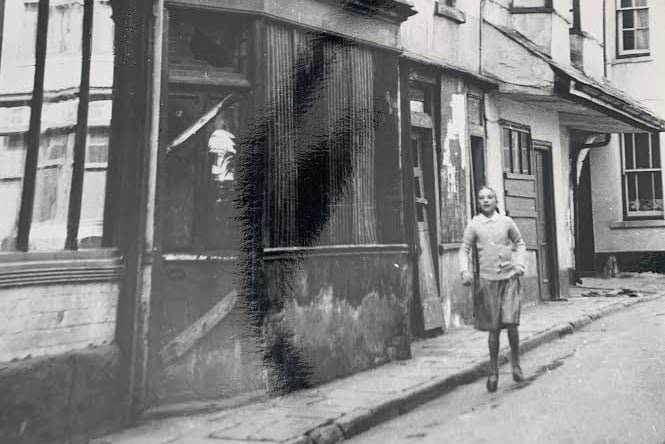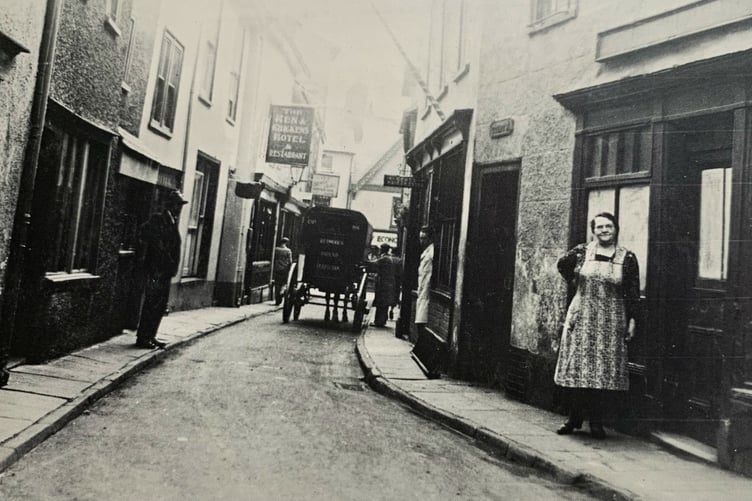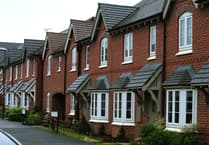IN 2024, The Times may have named Abergavenny as the best place to live in Wales, but fast forward a year, and residents are getting a little concerned about the state of the old town.
The furore, as it so often does, started on social media when a concerned resident announced, “I wanted to share my views regarding how dirty Abergavenny town centre is looking.
“Recently I’ve walked through the town when it’s quiet, and the state of shop doorways is absolutely filthy!!!
“I’ve reported it to the one-stop shop, but nothing has been done. In my opinion, the town needs power cleaning or whatever they use to please properly. Thank goodness we have the litter pickers.
“We get a lot of tourists and quite frankly, as a resident of Abergavenny, I find it embarrassing.”
The post got a lot of what professional coffee drinkers who study social media for a living call in worshipful tones: engagement!
A lot of users agreed that the town needs working on, with one describing Aber as “scruffy.”
Some blamed the “urban decay” on the council, some said the shopkeepers were responsible, others said it was simply down to failing standards in civic pride, and as usual in a heated Facebook debate, sooner or later, someone will blame the dogs.
As you stroll through the town on a sunny afternoon, amongst the giant flower pots, the alfresco diners, the crowded pubs, the talented street buskers, the busy shops and the hustle and bustle of people coming and going that is always a key sign of a town’s good health, you might be tempted to think, “What the hell is everyone on about, Aber’s never been in such rude health!”
Yet without difference there is no meaning, and so for the sake of argument let’s compare the Abergavenny of today with the town of say, the 1840s.
Despite the dizzy air of romance that often surrounds any mention of the town’s old slums, Abergavenny was a place of narrow, crowded streets that were aesthetically unpleasant, coated in grime, and were heavily over-populated.
Sanitation wasn’t high on anyone’s agenda, and large parts of the town stunk to high heaven. Sewage disposal was woefully inadequate, access to clean water was far from universal, and there were no coffee shops to eat cake and watch the world go by.
A report by Dr Steel described a large part of Abergavenny as “indescribably filthy” with backyards used as cesspools.
It reads, “Many places, not constructed for slaughter-houses, are nevertheless used for that purpose.”
The blood and urine of slaughtered animals flowing down Market Street was apparently a common sight.
The good doctor adds, “The roadways are never cleansed, except here and there voluntarily by the inhabitants; the consequence is that the dirty condition of the streets is remarked upon by every stranger, and forms a common subject of self-reproach among the townspeople. "At the present time, the condition of the streets, even on a Sunday morning, bearing, as they often do, disgusting evidence of the previous night's debauchery, is disgraceful to the town.”
Who would have thought all these years later and we’d still be moaning about the same old thing!






Comments
This article has no comments yet. Be the first to leave a comment.